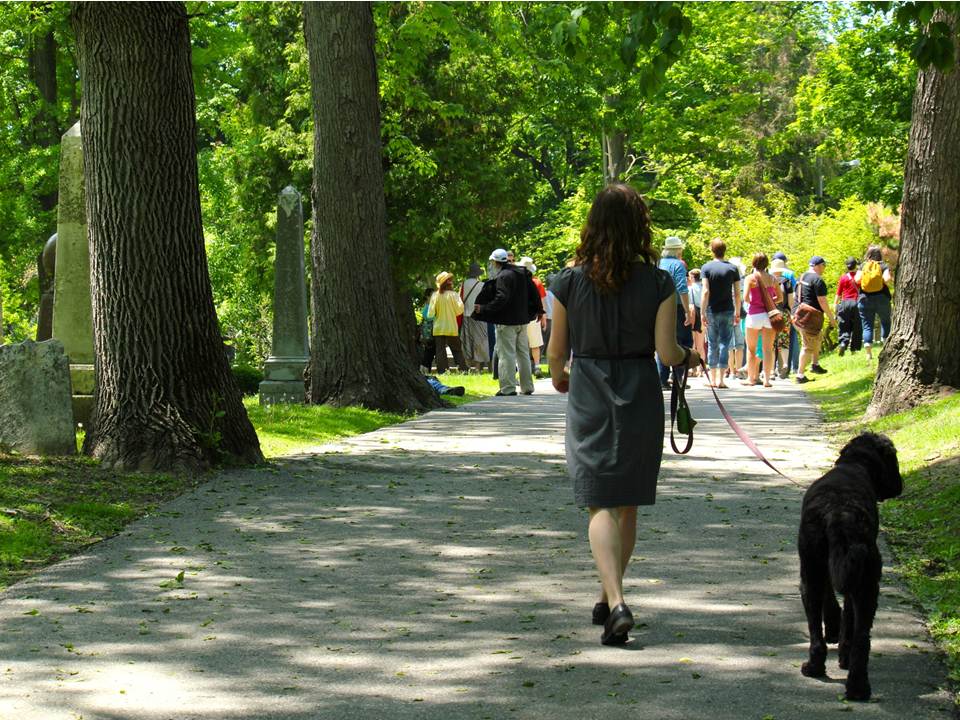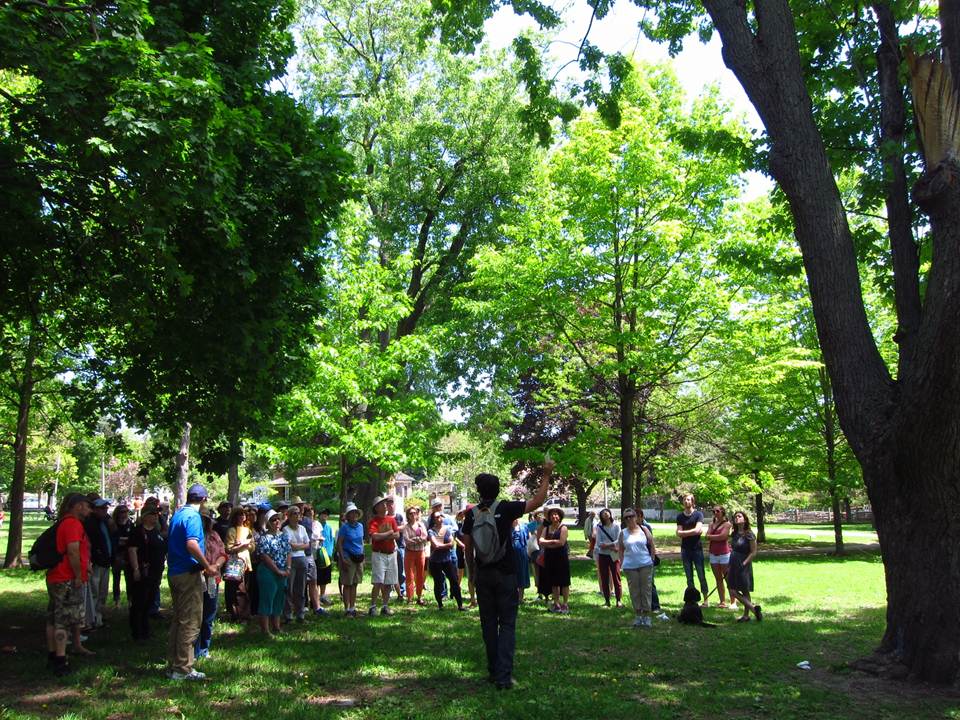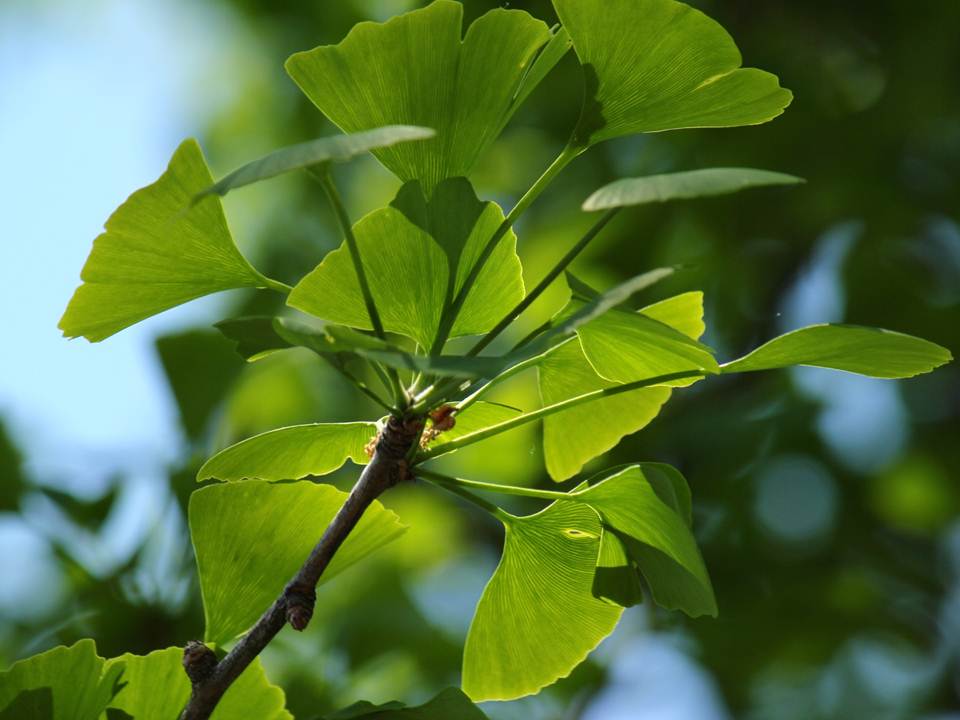And what a fantastic day for a walk! On Sunday, June 1st we couldn't have asked for a better day for the Tree Tour Through Old Cabbagetown. Of course, having such an amazing canopy to walk beneath goes a long way in providing shelter from the sun. We made our way from Riverdale Farm, through the Toronto Necropolis cemetery and ended in Wellesley Park.

James Steenberg of Cabbagetown ReLEAF took us through the area and explained the various tree species and their characteristics as well as their significance to the urban ecology. For example, we saw both native and non-native species throughout the tour, but their benefit to the environment can change drastically from one site to another. This means a Norway maple (Acer platanoides) may provide immense benefit to a busy urban environment where less hardy species would simply not be able to survive, but move that Norway a few blocks down the street and plant it next to one of Toronto's ravine systems (in today's case this would obviously be the Don Valley and Riverdale East and West) and it will begin to wreak havoc on the local ecology as it invades and crowds out native species.

We saw this beautiful ginkgo (Ginkgo biloba) tree, and learned that this species is essentially a living fossil with unique fan-shaped leaves. The ginkgo is dioecious, meaning there are separate male and female trees. Since the female trees produce a rather unpleasant smelling fruit, it is almost exclusively male trees that are planted while females are kept mainly for breeding purposes. As the worldwide ginkgo population is not very genetically diverse (the tree nearly went extinct!), this led to a discussion about cloning trees from cuttings versus growing them from seed. It was fascinating to discover that many of our urban trees may be grown from cuttings and thus might originate from a limited number of individuals. Trees grown from seed are more genetically diverse.

While the tour focused on urban forest ecology, James did acknowledge that there is a whole other aspect to the urban forest subject, and that is the social aspect. My antennas went up at this as we have only just begun to scratch the surface of the benefits that trees provide. I don’t think we truly realize just how much we rely on them for the social, communal and even financial benefits they provide.. LEAF ’s tree tours are a great way to learn more about the role of trees in our urban environments, not to mention a great way to enjoy the weather, take a walk, meet people and interact with some of the natural elements this city has to offer.
Fraser Reid-Burdon is a brand new Torontonian. Originally from Montreal, he has a Bachelor of Landscape Architecture from Guelph and has been working in construction and project management. He has always had an appreciation for nature and is fascinated with efforts to better incorporate it into the urban environment, especially as it relates to urban design.
LEAF's Tree Tours are supported by Ontario Power Generation's Biodiversity Program,York Region and the Ontario Trillium Foundation.
